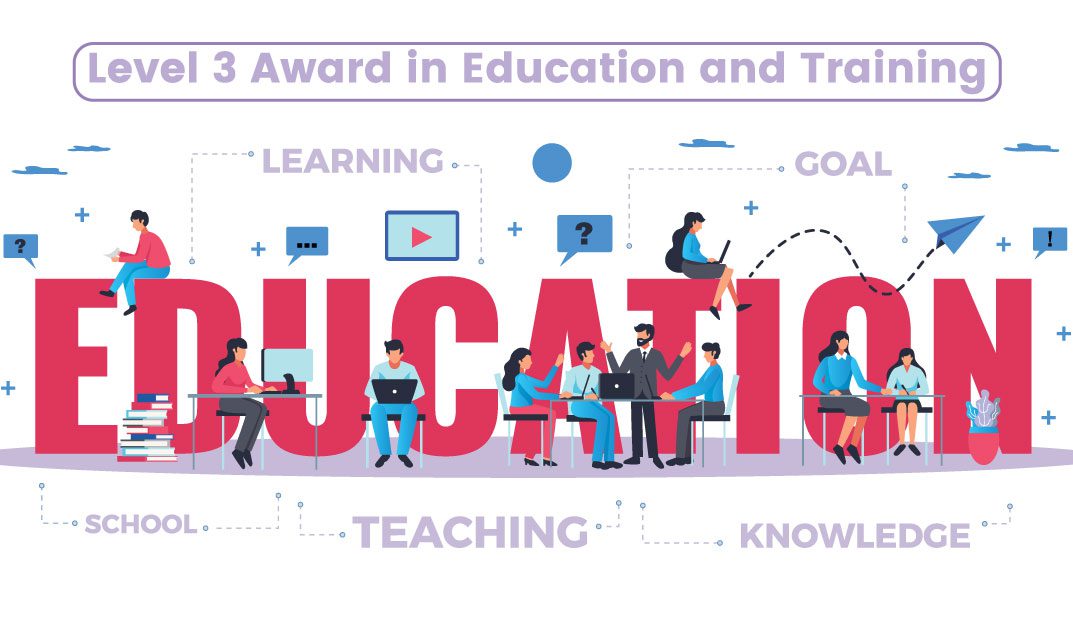No products in the basket.
They’re not always front and center. They don’t always speak the loudest. But in schools across the country, SENCOs are the quiet heart keeping inclusion alive. They see what others might miss. A flicker of frustration. A child holding in tears. A teacher stretched too thin. Every moment matters—and they act before others even see the need. So—what is a SENCO?
It stands for Special Educational Needs Coordinator, but those four words don’t begin to describe the role. A SENCO leads the work of making sure every student gets the support they need to thrive, especially those with additional learning needs. They plan, they listen, they hold a school’s promise to care. Without them, many children would fall through the cracks.
The SENCO Is the Thread That Ties It All Together
Think of a classroom. Picture the noise, the energy, the daily hum of learning. Now imagine a child who can’t keep up. Maybe they struggle to read the board. Or perhaps they don’t speak much English. It might be that loud noises make them panic.
Now think about the person who notices first. Not by luck. Not by chance. They’re trained to notice—and they care enough to act.
The SENCO checks that teachers spot these signs. They create plans. Help find the right words when a child doesn’t have any. Their work brings together families, specialists, and staff, weaving all the strands into something that holds.
They’re not doing it for praise. Their drive comes from a belief: every child deserves to belong.
What Does a SENCO Do Day to Day?
No two days look the same. But the purpose stays constant: inclusion. A SENCO starts with people. They talk to students. Sit in on lessons. Meet with teachers and parents. Questions guide them:
- What’s getting in this student’s way?
- How can we shift the lesson to meet them where they are?
- Who else needs to be part of this plan?
Then there’s the paperwork. Forms to fill. Reviews to track. EHCPs to write and update. Progress reports to compile. And every meeting requires prep and care. It’s a lot—and it never ends. Still, they do it. Because each piece of paper means a child has a better shot at being understood.
SENCOs Are Listeners Before They Are Leaders
They don’t bark orders or chase status. SENCOs lead through care. Listening comes first. They notice tension in a teacher’s voice. A child’s silence after hearing the word “test.” The way someone fidgets through a meeting. And they remember.
When a parent feels overwhelmed, they don’t rush. If a teaching assistant feels unsure, they offer time and guidance. They lead gently. Build trust over time. That’s how real change begins.
What Is a SENCO? It’s the Role That Holds a School’s Promise
A school can write values on the wall. Posters can say all the right things. But without systems that work, those promises fall flat.
That’s where the SENCO steps in.
Big values become small, real actions. Support happens in the moment. Conversations get started early. Adjustments get made before a student gives up. They bring consistency. They protect children from being seen as problems. And they make sure inclusion means something real.
The SENCO’s Work Touches Every Corner of the School
They don’t just focus on the SEN register. SENCOs shape everything—from how teachers plan lessons, to how breaktimes run, to how staff understand behaviour. Their influence goes far beyond any one role. They might:
- Train teachers in autism-friendly strategies
- Set up calm zones for sensory-sensitive students
- Advocate for assistive tech in the classroom
- Work with outside professionals like therapists
- Help students transition from one school stage to another
Nothing in the school escapes their care. They hold a wide view—and always keep students in mind.
Why This Role Is More Than Just a Title
Many SENCOs didn’t set out to do this job. They found their way to it through teaching—or through personal experience. But they stay because they know it matters. It’s not flashy. It’s not always visible. But it’s essential. To be a SENCO is to believe that no child should ever feel like a burden. They ask the tough questions: What does this student need? What helps them feel safe? What gives them a real chance to learn? Then they act—with care, with heart, and without waiting for thanks.
The Emotional Labour No One Talks About
Few roles carry so many quiet burdens. Stories weigh heavy. A child still waiting for a diagnosis. A parent who’s exhausted. A teacher pushed to the edge.
The SENCO holds it all. They carry those stories, and they get the tough calls. They hear the “no” when asking for funding. And, they sit through meetings filled with silence and frustration. Still—they return. Because they know what’s at stake.
SENCOs Face Barriers—but Keep Showing Up
There’s never enough time. Funding doesn’t stretch far enough. Expectations climb higher each year. But they keep showing up. They chase assessments. Rewrite plans. Fight for what students need.
They don’t blame teachers who say, “I don’t know what else to do.” Instead, they offer support. “Let’s try something new.” “Let’s look at this together.”
That kind of teamwork builds strong schools.
How SENCOs Support Teachers and Staff
Teachers carry so much. Lessons to plan. Behaviour to manage. Goals to meet. It’s overwhelming. The SENCO stands with them.
They suggest things that work. Not theory—real tools. “Try a visual cue.” “Add five seconds of wait time.” “Let’s move their seat closer to a quiet peer.” Empathy guides them. They remind staff that no child is trying to fail. Often, they’re trying to survive.
This support makes teaching more human—and more possible.
Families Often See the SENCO as a Lifeline
Many parents feel alone when things start going wrong. The SENCO is often the first person who listens without judging. They ask the right questions. Not just about school, but about sleep, food, emotions. They help with forms. Attend every meeting. Break down school policies into something human.
And when a diagnosis comes through, they don’t disappear. They walk alongside the family through the hard parts. That kind of care stays with people forever.
Children Trust Them—Even When Words Are Hard
Not all children can name what they’re feeling. Some don’t have the words. Others don’t feel safe enough to speak. But SENCOs don’t wait for perfect clarity.
They notice how a student clutches their sleeves. How they always pick the same seat. How they flinch at loud sounds. Support starts early. Kindness comes first. Intervention is quiet and respectful.
And kids remember the adult who didn’t need them to explain everything to be seen.
Not All Heroes Wear Capes—Some Carry Timetables and Tea
You might find them on lunch duty, calming a child in tears. Or in a hallway, arms full of sensory tools. Maybe on the phone, chasing a referral. They don’t want spotlight. They want solutions.
Their work means a child shows up to school for the first time in weeks. It means a teacher breathes easier. It means a family feels less alone. That’s a SENCO.
How to Support the SENCO in Your School
They can’t hold everything alone. If you’re a teacher—talk with them. Share what you see. Trust their ideas. If you’re a parent—stay open. Be honest. Keep the partnership strong. And if you lead a school—protect their time. Fund their training. Respect their insight. They’re not asking for praise. But your support helps them keep going.
Training to Become a SENCO
To be a SENCO in England, you need to be a qualified teacher. Then, you must complete the National Award for SEN Coordination within three years of starting the role. The course blends theory and practice. It helps build leadership skills. It ensures SENCOs understand legal duties under the SEND Code of Practice. But much of the learning happens on the job. Listening. Adapting. Growing with every student.
A Final Word: Quiet Power, Lasting Change
So, what is a SENCO?
They’re the steady presence in the background. The quiet force holding a school’s care in place. The person who sees the students others might overlook—and never lets them go unseen. They don’t ask for applause. But we should thank them anyway. Their work changes lives. Their care echoes. And their quiet strength keeps schools human.
Learn how to support every child with care. Enrol in our online SENCO course at Training Tale—where inclusion begins with you.





